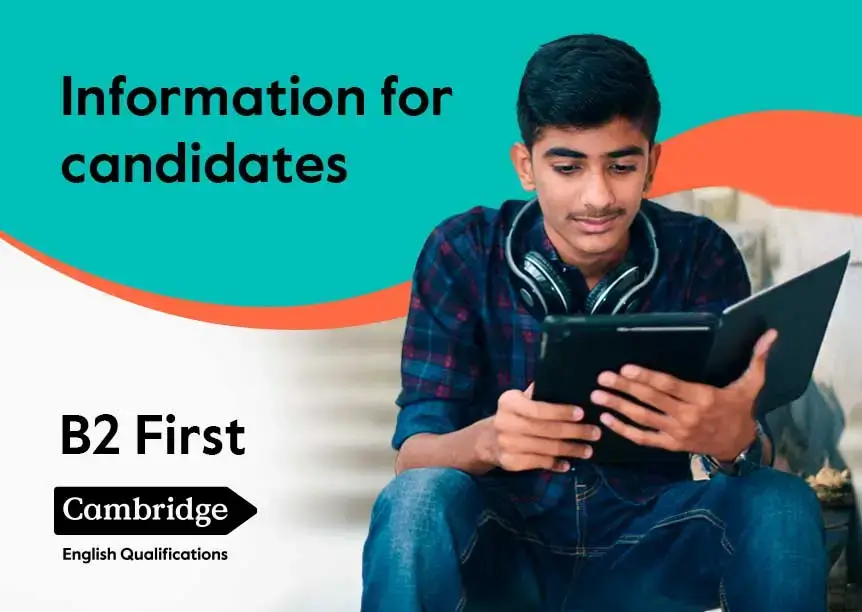The B2 First exam, formerly known as Cambridge English: First (FCE), is one of the most widely recognised Cambridge English qualifications and is accepted by thousands of businesses and educational institutions around the world.
A B2 First qualification proves you have the language skills (Reading & Use of English, Writing, Listening and Speaking) to live, work or study independently in an English-speaking environment.
The
B2 First exam is the logical next step in your language learning journey between the
B1 Preliminary exam and the
C1 Advanced exam.




